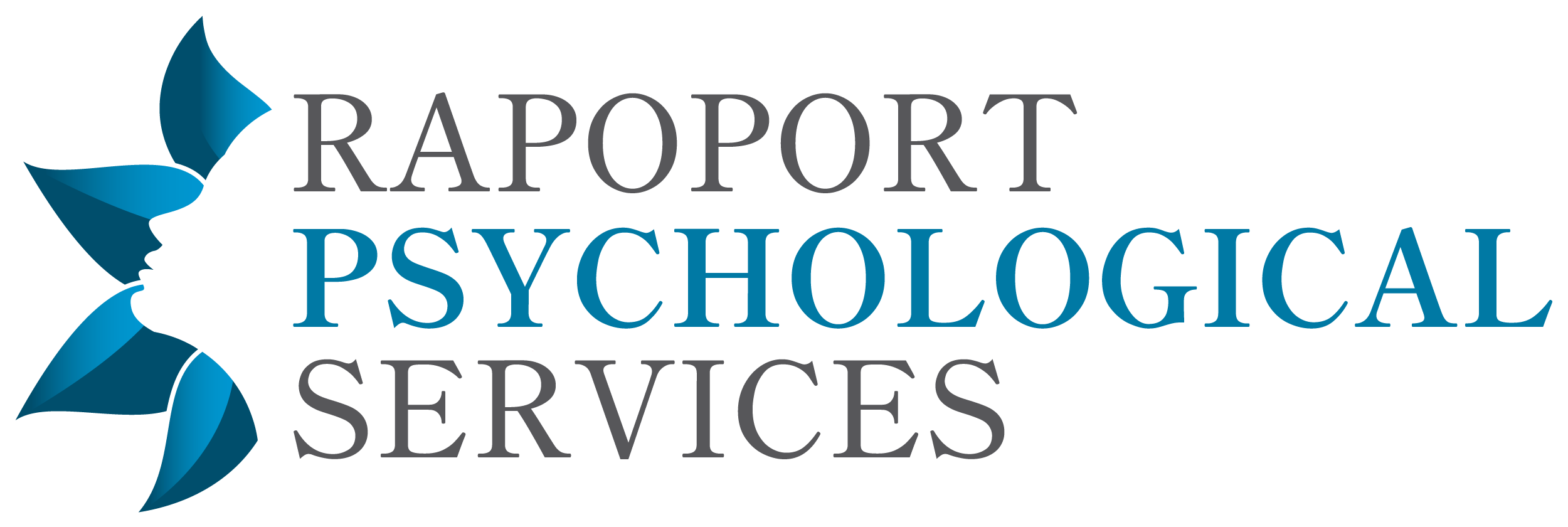What You Need to Know About Seasonal Affective Disorder
Seasonal Affective Disorder (SAD) is a type of depression that is triggered by the change of seasons. Many people associate SAD with the winter season, but for many people, this type of depression actually occurs in late Fall. In fact, seasonal depression can also occur for a smaller percentage of people in the summer.
Here’s what you need to know about Seasonal Affective Disorder in order to recognize the signs and get the help you need:
Seasonal Affective Disorder is not a separate disorder but a specific type of depression. The main characteristic of SAD is that it has a recurrent seasonal pattern. Symptoms of SAD may last approximately four to five months out of the year. This generally occurs for the majority of people in late fall and winter.
Not every person diagnosed with SAD will experience the same symptoms, but generally, the following these seasonal depression symptoms occur in people who have the diagnosis:
Sadness,
Feeling depressed most of the day, almost every day
Carbohydrate cravings and weight gain.
Extreme fatigue and lack of energy.
Feelings of hopelessness or worthlessness.
Trouble concentrating.
Feeling irritated or agitated.
Limbs (arms and legs) that feel heavy.
Loss of interest in usually pleasurable activities, including withdrawing from social activities.
Sleeping problems (usually oversleeping).
Thoughts of death or suicide.
Researchers are not precisely sure what causes seasonal depression. However, a majority of experts agree that in the fall/winter months there is less sunlight. Therefore, when there is less sunlight our biological clocks change which disrupts our mood, sleep, and hormones. Also, many adults are Vitamin D deficient, which affects serotonin levels and mood. Serotonin contributes to feelings of happiness and if you’re at risk of seasonal depression, you may already have less serotonin activity. Since sunlight helps regulate serotonin, a lack of sunlight in the winter can make the situation worse. Serotonin levels can fall further, leading to depression.
Diagnosis & Treatment for Seasonal Affective Disorder
If you have symptoms of seasonal depression it’s important to see your healthcare provider or an online therapist in New York, NY as soon as possible. Working with a professional will help you create a treatment plan for your seasonal depression. Or, collaboratively you can determine if your symptoms are part of a more complex mental health issue. It can be hard to ask for help when you are feeling depressed, but being alone and feeling alone can make your seasonal depression worse. Talk to your healthcare provider as soon as you start feeling symptoms, or even earlier if you suspect you may develop SAD over the fall and winter months.
Sticking to a treatment plan is essential in improving your symptoms of SAD, and there are many different treatment options available. Common treatments for seasonal affective disorder include light therapy, cognitive behavioral therapy, and increasing vitamin D and time outside. Cognitive behavioral therapy (CBT) is a type of talk therapy. It can help you become more aware of inaccurate or negative thinking so you can view challenging situations more clearly. Plus it equipts you to respond to them in a more effective way. Research has shown that CBT effectively treats SAD and produces long-lasting effects.
Can Self-Care Help with Seasonal Depression in New York, NY?
Absolutely. Summer self-care and winter self-care is an important part of caring for your mental health anytime of the year. However, it is especially important during the fall/winter months if you know you are prone to seasonal affective disorder. For individuals diagnosed with SAD, it’s important to create a specific self-care routine to get them through their seasonal depression.
What Kind of Self-Care Should You do For Seasonal Affective Disorder?
It can be difficult to get outdoors and get more sunlight in the winter, but think about what activities you enjoy and try to find some fun activities you can do even in the winter. Grab a friend and take a hike through the snowy woods. Or, plan a morning to take your kids sledding and then prepare warm hot chocolate for when you return. If being outdoors in the cold doesn’t appeal to you, plan a date-night in with your spouse where you cook a meal together (warm soup, anyone?). Or do a fun movie night with homemade pretzel bites and popcorn. Planning fun activities gives you something to look forward to and can help get you through your seasonal depression.
Don’t Experience Seasonal Depression in New York, NY Alone! Talk with a Depression Therapist Today!
Seasonal depression impacts everyone. The sun is gone and the cold is near, which affects everyone’s mood. You don’t have to be weighed down by your depression this year, Rapoport Psychological Services in New York, NY can help. Talk with one of our skilled life changes and depression therapists and begin feeling a bit more in control. To get started follow these simple steps:
Talk with a therapist who understands seasonal depression
Begin feeling more in control of your moods and emotions.
Other Assessments and Therapy Services at Rapoport Psychological Services
Whether you are dealing with anxiety, trauma, or life changes, our team is here to walk alongside you. Along with depression treatment, other services offered at our online therapy practice in New York, NY includes: anxiety treatment, assessment for adhd for adults and children, ptsd treatment and trauma therapy, online therapy in New York, online life coaching, therapy for life transitions ( including working moms and adjusting to parenthood), therapy for new moms, and professional development. Additionally, we offer groups and workshops for stress management, assertiveness skills, and mindfulness. If you are ready for the next step, our team is here to support you. Schedule now!




